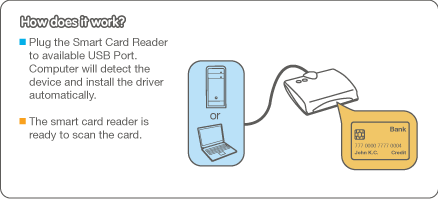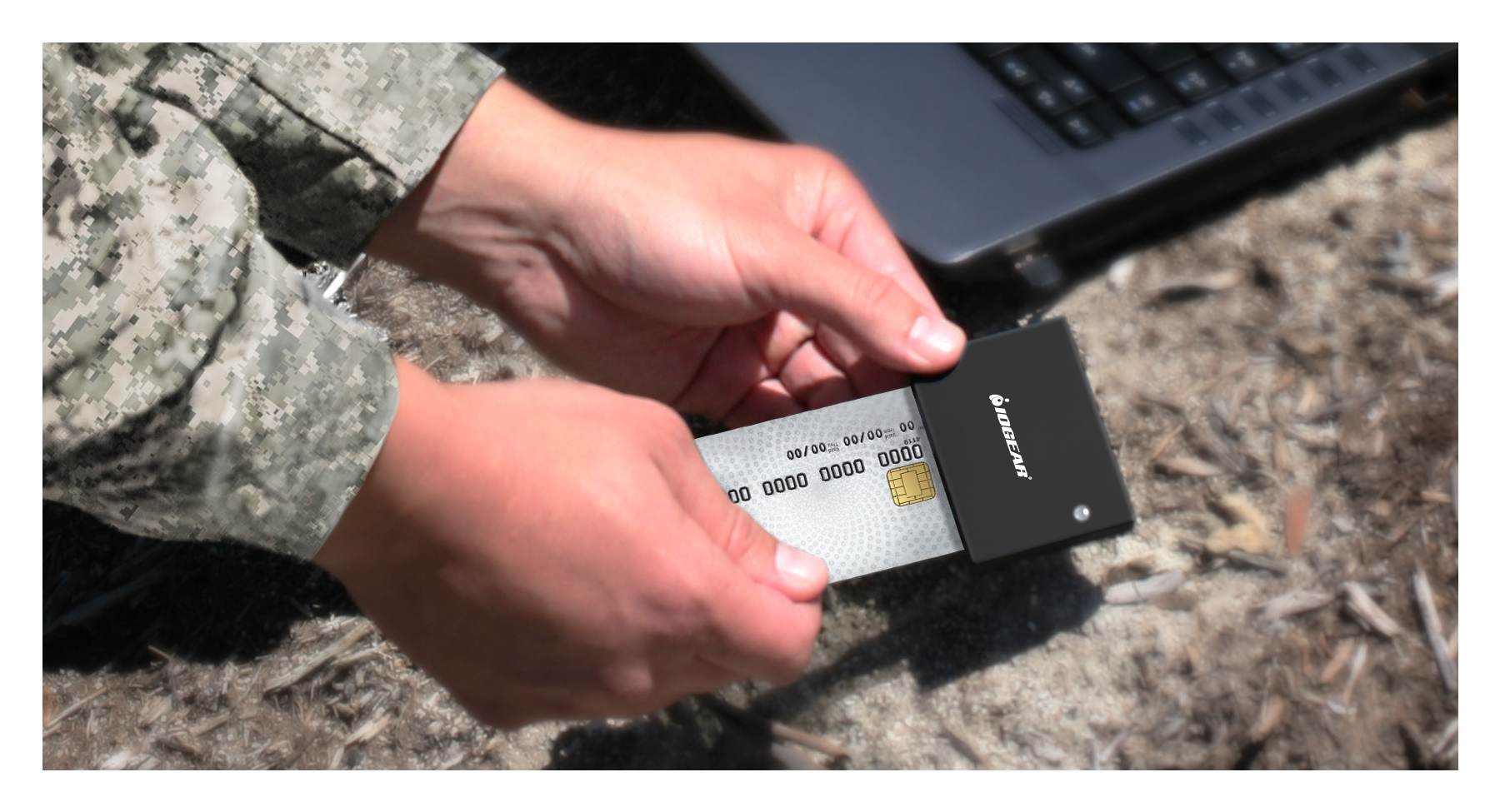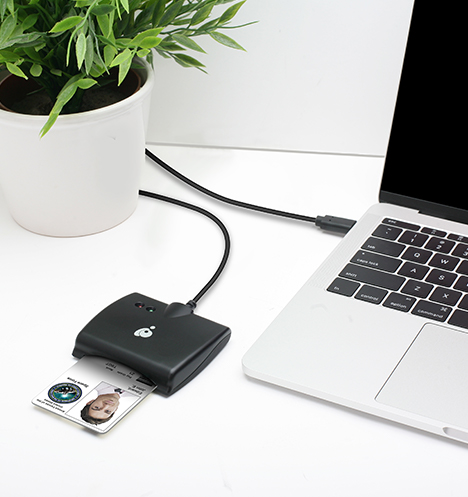

- #How to delete iogear smart card reader certificates driver
- #How to delete iogear smart card reader certificates windows
Run as administrator at the command prompt. In the Name column, look for SCardSvr, and then look under the Status column to see if the service is running or stopped.

Select the Name column to sort the list alphabetically, and then type s.
#How to delete iogear smart card reader certificates windows
In the Windows Task Manager dialog box, select the Services tab. Press CTRL+ALT+DEL, and then select Start Task Manager. To check if Smart Card service is running It's implemented as a shared service of the services host (svchost) process. The smart card resource manager service runs in the context of a local service.

#How to delete iogear smart card reader certificates driver
It is located in the \tools\tracing subdirectory of the Windows Driver Kit (WDK). Tracefmt can display the messages in the Command Prompt window or save them in a text file. Tracefmt is a command-line tool that formats and displays trace messages from an event trace log file (.etl) or a real-time trace session. To decode event trace files, you can use Tracefmt (tracefmt.exe).

If you used the registry key settings shown in the previous table, look for the trace log files in the following locations: If you used Tracelog, look for the following log file in your current directory: kerb.etl/kdc.etl/ntlm.etl. HKEY_LOCAL_MACHINE\SYSTEM\CurrentControlSet\Services\Kdc HKEY_LOCAL_MACHINE\SYSTEM\CurrentControlSet\Control\Lsa\Kerberos\Parameters HKEY_LOCAL_MACHINE\SYSTEM\CurrentControlSet\Control\Lsa\Kerberos HKEY_LOCAL_MACHINE\SYSTEM\CurrentControlSet\Control\Lsa\MSV1_0 You can also configure tracing by editing the Kerberos registry values shown in the following table. Use the -s option to supply a computer name. The default location for logman.exe is %systemroot%system32\. To stop tracing from a remote computer, run this command: logman.exe -s. To stop tracing for the KDC, run the following command on the command line: To enable tracing for the KDC, run the following command on the command line: To stop tracing for Kerberos authentication, run this command: To enable tracing for Kerberos authentication, run this command: To stop tracing for NTLM authentication, run this command: To enable tracing for NTLM authentication, run the following command on the command line: Different components use different control GUIDs as explained in these examples. You can use the trace log tool in this SDK to debug Kerberos authentication failures. Windows Driver Kit (WDK) and Debugging Tools for Windows (WinDbg). You can use these resources to troubleshoot these protocols and the KDC: Kerberos protocol, KDC, and NTLM debugging and tracing Using WPP, use one of the following commands to stop the tracing: Using WPP, use one of the following commands to enable tracing: For more information, see Diagnostics with WPP - The NDIS blog. Logged messages can be converted to a human-readable trace of the operation. It provides a mechanism for the trace provider to log real-time binary messages. WPP simplifies tracing the operation of the trace provider. To delete a container, type certutil -delkey -csp "Microsoft Base Smart Card Crypto Provider" "". To find the container value, type certutil -scinfo. When you delete a certificate on the smart card, you're deleting the container for the certificate. Delete certificates on the smart cardĮach certificate is enclosed in a container. You can press ESC if you are prompted for a PIN. Entering a PIN is not required for this operation.


 0 kommentar(er)
0 kommentar(er)
